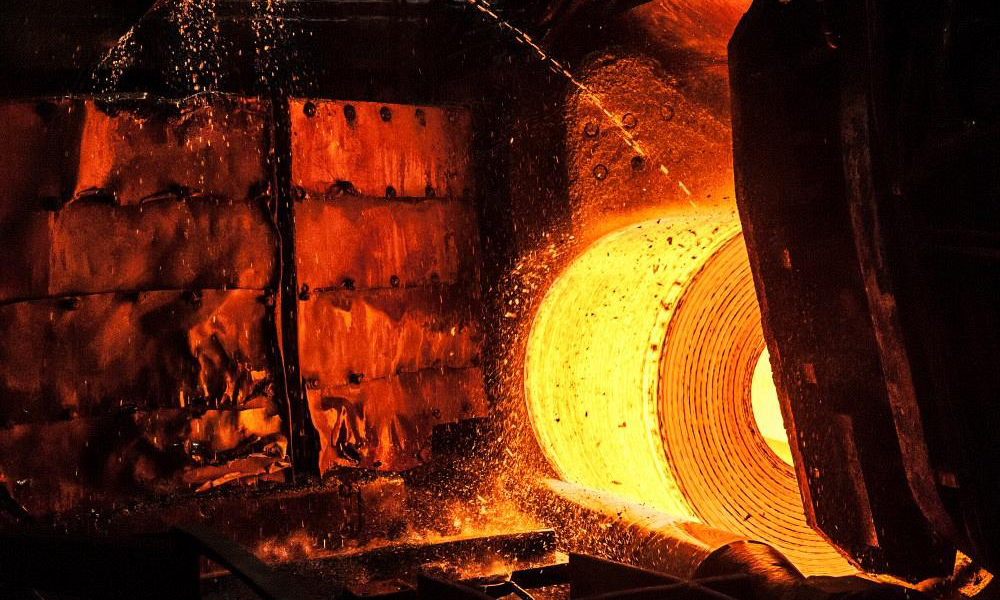What is Hot Working of Metals – Definition

Cold working is a metalworking process, which occurs below the recrystallization temperature. Because plastic deformation results from the movement of dislocations, metals can be strengthened by preventing this motion.
Historically, metalworking posses one of key domains in materials science. It is the process of working with metals to create individual parts, assemblies, or large-scale structures. Materials science is one of the oldest forms of engineering and applied science and the material of choice of a given era is often a defining point (e.g. Stone Age, Bronze Age, Iron Age). Processing of metals in the solid state can be divided into two major stages:
- Cold working. Cold working is a metalworking process, which occurs below the recrystallization temperature. Because plastic deformation results from the movement of dislocations, metals can be strengthened by preventing this motion. When a metal is plastically deformed, dislocations move and additional dislocations are generated. Dislocations can move if the atoms from one of the surrounding planes break their bonds and rebond with the atoms at the terminating edge. The dislocation density in a metal increases with deformation or cold work because of dislocation multiplication or the formation of new dislocations. The more dislocations within a material, the more they will interact and become pinned or tangled. This will result in a decrease in the mobility of the dislocations and a strengthening of the material. This process is known as cold working because the plastic deformation must occurs at a temperature low enough that atoms cannot rearrange themselves. It is a process of making a metal harder and stronger through plastic deformation. Cold forming techniques are usually classified into four major groups: - Squeezing - Bending - Drawing - Shearing